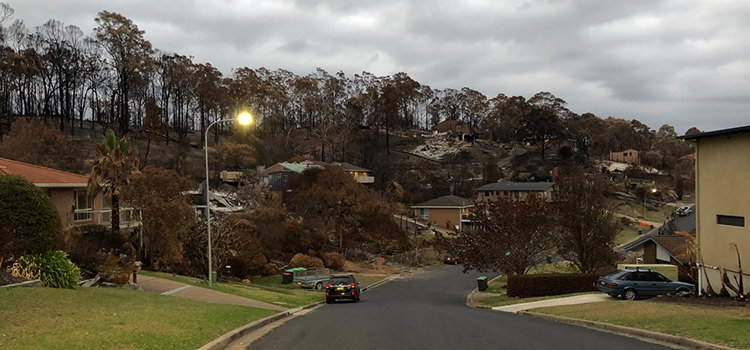In the interest of promoting an open and honest debate, the VFFA has decided to publish our submission. We hope that other groups will do the same.
The VFFA is somewhat disappointed in the way that this inquiry has been handled as follows:
1. The timeframes for groups to make submissions was very short and rushed
2. The information regarding the review was not actively promoted by the NSW State Government, and
3. What is happening with the referral of this fire to the Coroner?
One could be excused for thinking that the NSW State Government just wants these problems to go away, particularly with an election just around the corner.
The VFFA is promoting open debate from all persons involved. This includes the NSW Rural Fire Service (RFS), Fire and Rescue NSW (FRNSW), NSW National Parks and Wildlife Service (NPWS), Forestry Corporation of NSW, the Rural Fire Service Association (RFSA), the Volunteer Fire Fighters Association (VFFA), the Fire Brigades Employees Union (FBEU), the insurance companies and most importantly, the firefighters (from all fire services) and the public of NSW.
Click the Read More link to see the VFFA submission.









